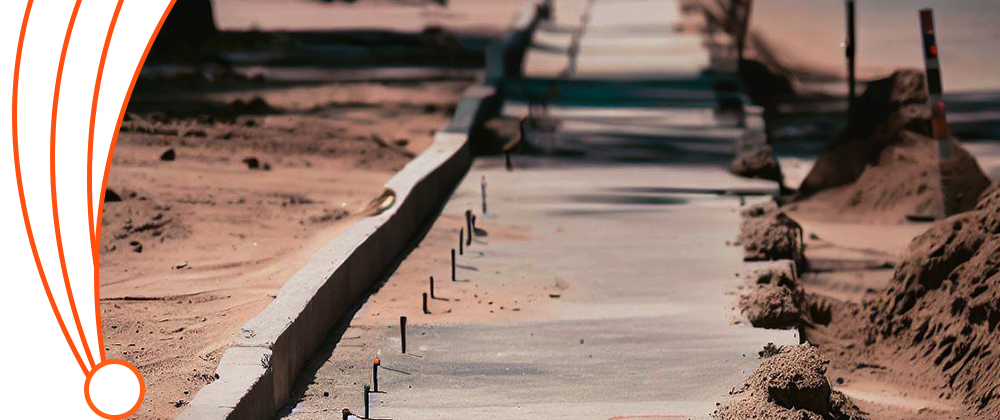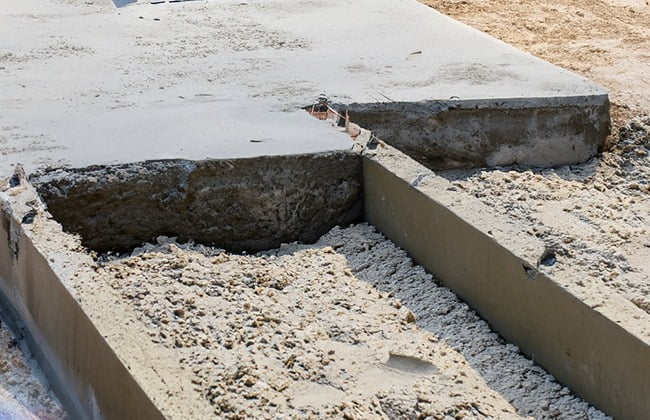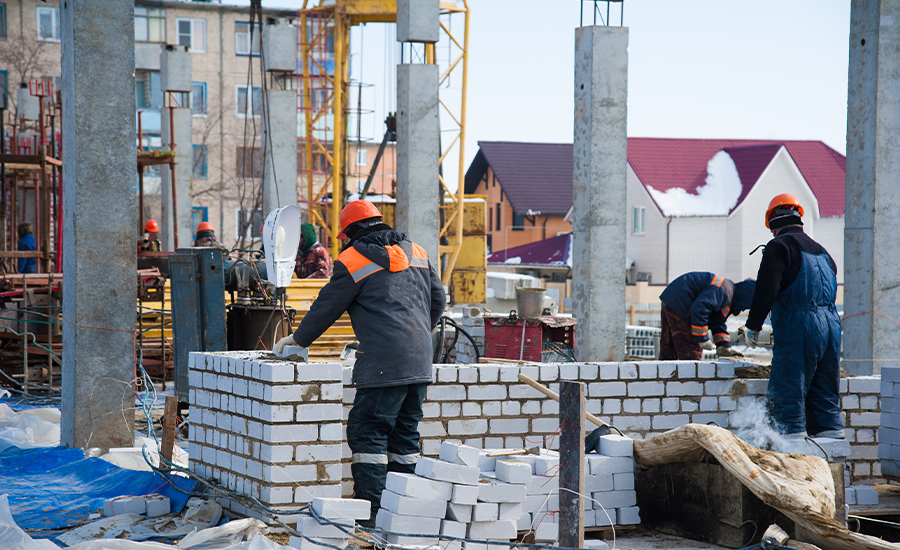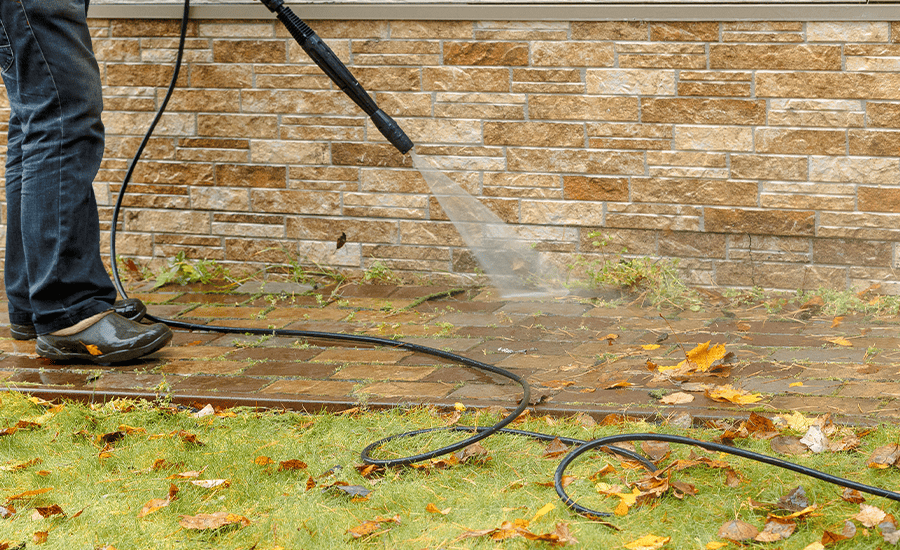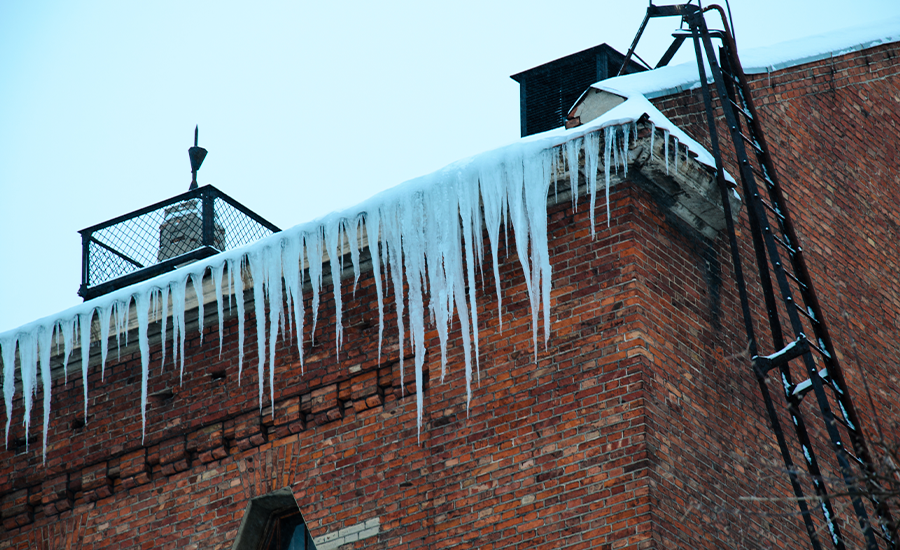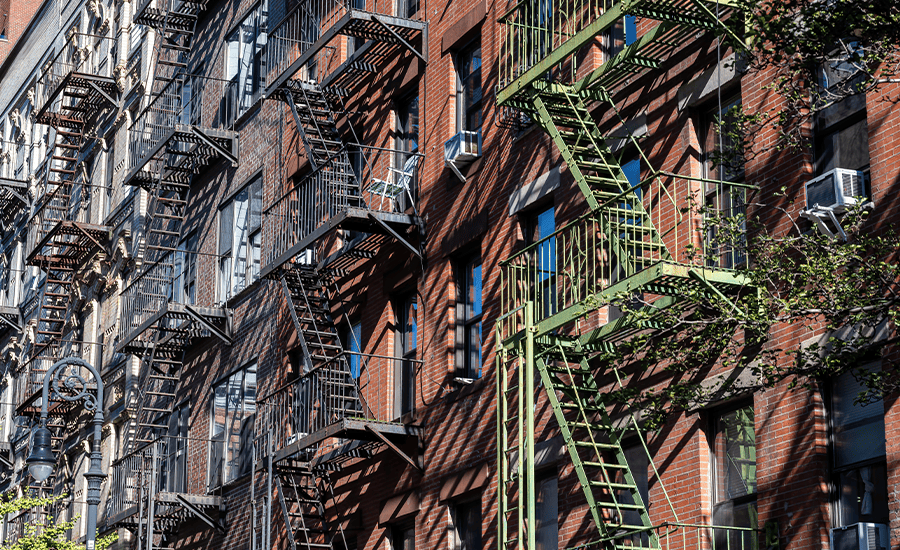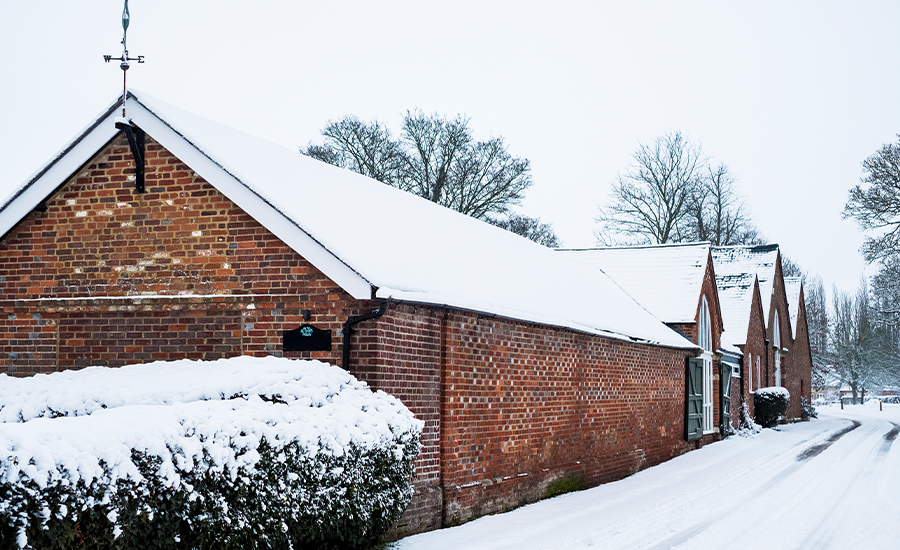Sidewalks are the pathways that are built to provide safety to pedestrians and add value to your residential and commercial property. Most of the sidewalks are made up of concrete, as it is the most durable and resilient material, best for road safety, and provides functionality to your home. Properly poured concrete on the sidewalk prevents frequent repairs and withstands the toughest weather conditions for decades to come. As much as concrete sidewalks are strong and reduce the risk of slipping by applying the sealants on them, they also enhance the beauty and improve the asset value.
In this blog, we’ll discuss the six tips to build a better concrete sidewalk that stands the test of time.
Map Out The Project Thoroughly
First, you’ve to strategically plan the project by measuring the area, gathering the materials to use, and customizing the layout by aligning with DOT & OSHA rules and regulations.
- Take exact dimensions: Measure the accurate width & length of the sidewalks, most of the sidewalks are 3-4 feet wide, but it depends on the location.
- Ensure Proper Grading: Make sure the grading is done right to prevent water accumulation and promote an excellent drainage system.
- Follow Local Regulations: Follow the rules & safety regulations of municipalities to stay away from penalties.
To understand how weather conditions affect masonry structures, you can also check our blog how does climate affect the durability of brick pointing?
Clear The Area & Compact the Base
Secondly, you’ve to excavate the old concrete, prepping the base for the concrete installation, and then leveling the base, to prevent the bumpy & cracked surfaces.
- Dig to The Correct Depth: Dig down 4–6 inches below the final grade of the sidewalk.
- Compress the Soil Layer: Loose soil can settle over time. Use a mechanical compactor to create a firm base.
- Level Out For Equal Thickness: Sidewalks should generally be 4 inches thick.
If you want to know why proper mortar depth matters, read our blog how deep should brick pointing be?
Select Strong Concrete Mix
Then, you’ve to use the appropriate concrete mix that is strong, followed by installing the reinforcements to uphold the weight of the sidewalks.
- Install Steel Support: Make sure to install the reinforcements like steel or rebar for enhanced durability & support, it holds the base firmly and prevents cracking.
- Control Mix Consistency: Use an adequate amount of water with the cement, which is easy to pour.
- Use Chemical Additives: You can add plasticizers to prevent freeze-thaw damage.
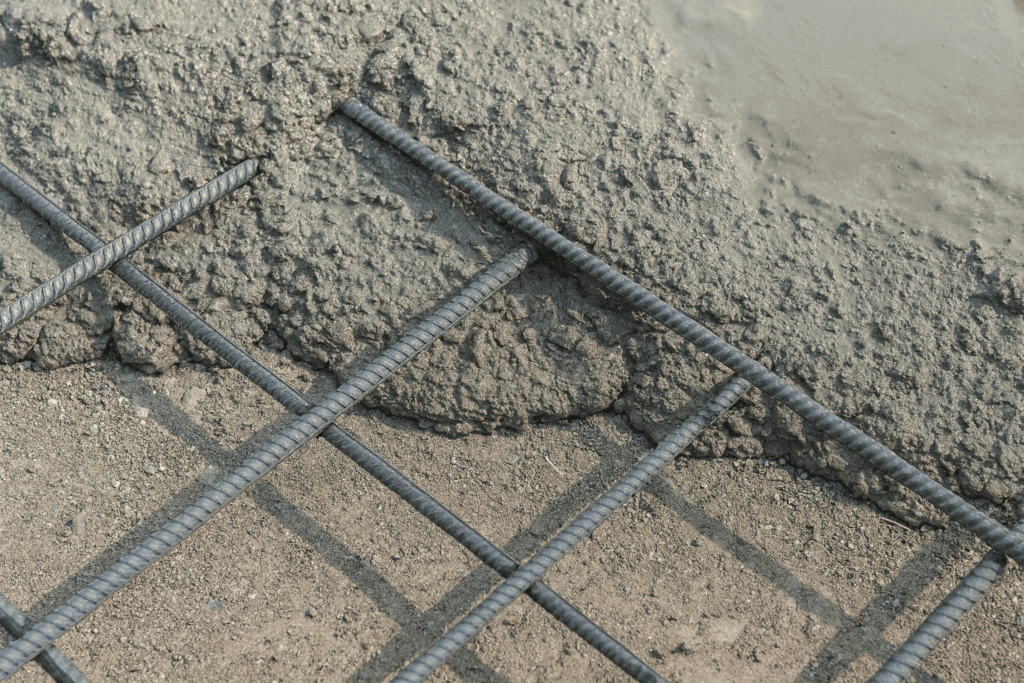
Align, Form & Pour Smoothly
Make sure to properly pour the concrete mix to get your desired shape & proper alignment.
- Secure Framework: Use wooden or metal forms to hold the concrete in place. Ensure they are level and aligned with your layout.
- Flow The Mix Uniformly: Distribute concrete uniformly to avoid weak spots.
- Work With Suitable Tools: A screed board helps level the surface, while a float smooths it out.
Apply Joints, Cuts & Surface Finishes
Then, use the jointers and tools that you think make the best edges, followed by applying the finishes & designs of your choice:
- Insert Edge Joints: Make sure to use the right tools that even out the edges properly & prevent crumbling.
- Add Non-Slip Texture: Apply a textured pattern across the concrete to minimize the slipping hazards and add traction to the ground.
- Use Stamped Finishes: You can use different colors & patterns to improve the visual consistency & aesthetics.
Maintain Proper Curing Conditions
Lastly, let the concrete get properly cured, for a lasting service life of the sidewalk, because if you rush towards applying heavy traffic on it, it may get cracks early and lose strength.
- Apply Water Curing: Make sure to apply the sheets and wet tarps on the concrete, so that the concrete sidewalk does not dry out quickly.
- Give Proper Curing Time: Allow a good time for curing, at least for a week, but it may get fully strengthened within 3 weeks.
- Prevention From Early Use: Block the traffic use, like vehicles & foot access for 2 days.
Final Thoughts
Concluding this blog, by following the above-written six tips, you can easily build a better concrete sidewalk and maintain it in good condition. These steps include all that you want from starting to finishing the construction of the sidewalk. It is a one-time investment that is not only durable but also improves the overall value of your property. Ensure you hire a professional contractor & experienced laborers for the best results.
Sardar Restoration Corp. proudly serves every corner of NYC, including the Bronx, Manhattan, Brooklyn, Westchester, and Queens. Our services are designed to meet your needs, providing top-quality solutions wherever you are. Check our service areas to see how we can assist you in your location.
Contact us today at (+1) 917-355-8556 or sardarrestoration@gmail.com, or visit us at 2770 Fish Ave, Bronx, NY 10469, United States.
FAQs
Do you handle both residential and commercial concrete sidewalks?
Yes! Sardar Restoration Corp. Works on both the residential and commercial sidewalks. Whether it’s new construction or sidewalk repair, we expertly customize all your construction needs.
Can you fix or replace sections of an old, damaged sidewalk?
Yes! Sardar Restoration Corp. carefully fixes the damaged section without the need to replace the whole sidewalk. We only repair those areas where cracks and damage are visible.
Do you provide slip-resistant finishes for safety?
Yes! Sardar Restoration Corp. utilizes slip-resistant concrete, which protects against tripping and slipping hazards. We ensure that your sidewalks are slip-free.
Can you customize the look of my sidewalk?
Yes, you can! You ask for it and we serve it. We offer a wide range of options to choose from for your customized look, including:
- Stamping
- Staining
- Coloring
How thick should a concrete sidewalk be?
A concrete sidewalk should generally be at least 4 inches thick. In areas with heavy traffic, 5–6 inches is recommended for added durability.
How long does a concrete sidewalk last?
A properly installed and maintained concrete sidewalk can last 30–40 years or more, depending on weather conditions and foot traffic.
What is the best concrete mix for sidewalks?
The ideal mix is 3500–4000 psi concrete with reinforcement (rebar or mesh) to withstand weight and reduce cracking.
Do I need permits to install a sidewalk in NYC?
Yes, in most NYC boroughs you need a DOT permit before starting sidewalk construction or replacement to ensure compliance with local regulations.

Transform your walkway with our expert general contracting services, specializing in concrete sidewalks.
